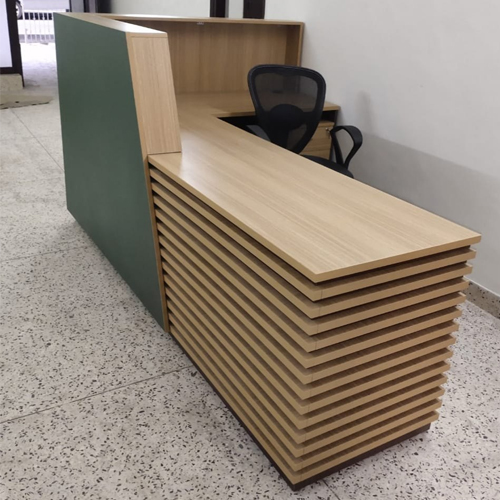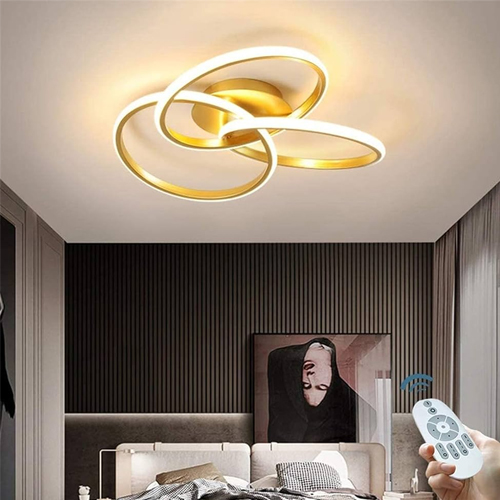
Reception Area Seating
Reception area seating is crucial for creating a welcoming and comfortable environment for visitors. These seats often come in various styles, such as armchairs, sofas, or modular seating, and can be upholstered in fabric, leather, or other materials. The design of reception area seating can range from modern and sleek to more traditional or cozy, depending on the ambiance you want to create.
-
Comfort:
- Comfort is paramount for reception area seating. Choose chairs and sofas with ergonomic designs, ample padding, and appropriate support for visitors who may be waiting for extended periods.
-
Design and Style:
- Reception area seating should complement the overall design and style of the office or business. Consider factors such as color, shape, and materials to create a cohesive and inviting atmosphere.
-
Materials:
- Reception area seating can be made from various materials, including:
- Fabric: Offers a soft and comfortable feel, available in a wide range of colors and patterns.
- Leather: Provides a luxurious and upscale appearance, with easy maintenance.
- Vinyl: Durable and easy to clean, suitable for high-traffic areas.
- Metal and Wood: Commonly used for frames, adding a touch of sophistication.
- Reception area seating can be made from various materials, including:
-
Configuration:
- Consider the layout and configuration of the seating. Options include individual chairs, sofas, benches, or modular seating arrangements. Ensure that the configuration allows for flexibility in accommodating different numbers of visitors.
-
Space Planning:
- Plan the seating layout to optimize space and ensure a comfortable flow of traffic. Leave enough room for visitors to move around without feeling crowded.
-
Brand Alignment:
- Reception area seating can contribute to the overall branding of the business. Consider incorporating brand colors or elements into the design for a cohesive look.
-
Durability:
- Reception areas often experience high traffic, so choose seating with durable materials and construction that can withstand frequent use without showing signs of wear and tear.
-
Cleaning and Maintenance:
- Select materials that are easy to clean and maintain. This is particularly important for reception area seating that may be exposed to spills or stains.
-
Versatility:
- Choose versatile seating options that can accommodate a variety of visitors, including individuals, couples, or families. Modular or adjustable seating can be useful in this regard.
-
Accommodating Different Needs:
- Consider the diverse needs of visitors. Provide a mix of seating options, including standard chairs, lounge seating, and possibly additional amenities like side tables and power outlets for those who need to work while waiting.
-
Aesthetics:
- The aesthetic appeal of reception area seating contributes to the overall impression visitors have of the business. Consider the visual impact of the furniture in the context of the entire reception area.
-
Integration with Reception Desk:
- Ensure that the reception area seating integrates well with the reception desk and other elements of the space. The overall layout should facilitate smooth and welcoming interactions.
-
Budget:
- Reception area seating is available at various price points. Set a budget based on the desired quality, quantity, and features.
-
ADA Compliance:
- Ensure that the seating arrangement complies with ADA (Americans with Disabilities Act) regulations to provide accessibility for all visitors.
Reception area seating is an essential element in creating a welcoming and comfortable environment for visitors. By carefully considering comfort, design, durability, and functionality, businesses can create a reception space that reflects their brand and leaves a positive impression on guests.






